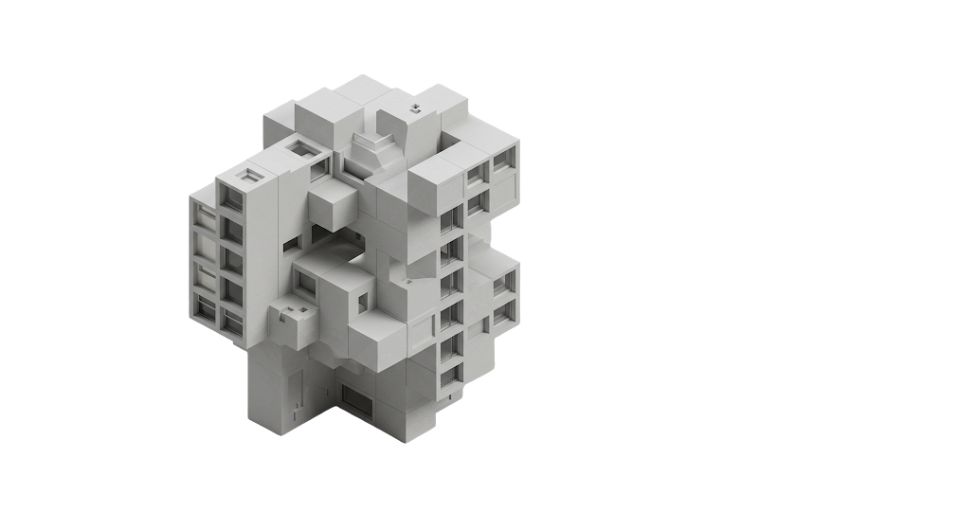
May 02, 2025

Metastat Insight has noted that the growth of the Global Modular and Volumetric Building market has been phenomenal owing to the innovative practices of the sector that have proven to be more sustainable, efficient, and economical than the traditional forms of construction. Modular and volumetric construction techniques redefine design and assembly of buildings, thus, delivering a project in a much shorter time, with reduced wastage, and with fewer disruptions to the environment. Increasingly, these innovative methods have been embraced by the international construction community and, most recently, as a result of the heightened demand for affordable housing, infrastructure projects, and the rising need for eco-friendly construction practices.
Global Modular and Volumetric Building market is estimated to reach $13,574.1 million in 2025 with a CAGR of 8.7% from 2025 to 2032.
Unlike conventional construction methods that rely on on-site construction processes, modular and volumetric buildings are prefabricated in factories where sections or modules of a building are constructed in a controlled environment and transported to the building site later for assembling. There is, therefore, greater precision in the production process with this method of construction owing to its lower dependence on adverse weather and local availability of labor, which often drags construction projects. The US has also seen less construction waste owing to the fact that factories are much better able to optimize their materials and recycle waste as compared to construction sites.
Internationally, the increase in the urbanization trend speeds up the demand for modular and volumetric buildings. In the face of urban expansion, with greater needs for housing and commercial space, these construction methodologies present a workable method against the limited land and resource margins. Modular techniques enable developers to complete entire construction projects of apartment complexes, schools, healthcare facilities, and even office buildings at great speed compared with conventional methods. This is especially beneficial for fast-growing urban centers where the rush is against the clock and infrastructure development cannot wait.
Another key factor fueling the modular and volumetric building markets is the increased emphasis on sustainability in the construction sector. Under pressure from the adverse environmental effects of traditional construction - a huge energy-emitting, waste-generating activity - builders and developers are turning to alternatives that seek sustainable solutions. They build conventional buildings with more energy-efficient materials and prefabrication reduces the total carbon emission. More new energy-saving features, such as stronger thermal insulation, low-energy lighting, and, in many modular buildings, solar panels, render them the viable option among many contemporary construction projects.
So in this context, with perpetual demand running towards speedier, more sustainable, and cost-effective constructions, both modular and volumetric buildings are growing more popular than ever in homes and businesses. This construction method is gaining traction among enterprises mainly because of the extremely short time requirements for its completion and equivalent quality control during the whole building process. Another attraction developers find in this mode of construction is the capacity for further expansion or even adaptation of already existing modular structures thereto, which provides great flexibility and scalability for future needs.
However, like every other market, modular and volumetric buildings are not without disadvantages. The most common concern regarded as the main barrier in this market is that modular buildings are oftentimes regarded as being of lower quality in comparison with the conventional ones. However, with time and in-trends in technology, quality modular buildings have become some of the best in terms of aesthetics and functionality, just as much as their counterparts of traditional construction. And of course, there are still regional legal limitations that pose a difficulty, as building codes and construction standards differ largely from one region to another; this makes global implementation of modular construction solutions challenging.
The future of the Global Modular and Volumetric Building market was bright, thanks to technological advancements and developments in manufacturing that further inspired the use of such construction techniques. It would always turn out in favor of modular and volumetric buildings as builders, developers breathed sleepless nights over cost effectiveness and timelines with a diminished footprint. Continuous innovations in materials, and designs, along with building methods, only enhanced these techniques' potential.
The Global Modular and Volumetric Building market would attract a bonanza of attention shortly as described by Metastat Insight, as almost every domain from residential to commercial would be trying to get their share of this method of construction. Modular and volumetric building are processes that are set to mold and re-script the common way of construction, discussing solutions that are sustainable, fast, and cost-effective in addressing the growing challenges faced in the development of modern infrastructure as the markets develop.
Drop us an email at:
Call us on:
+1 214 613 5758
+91 73850 57479